How to make your dream home happen - interior designers tell all
Make your dream home project go smoothly with these insider tips
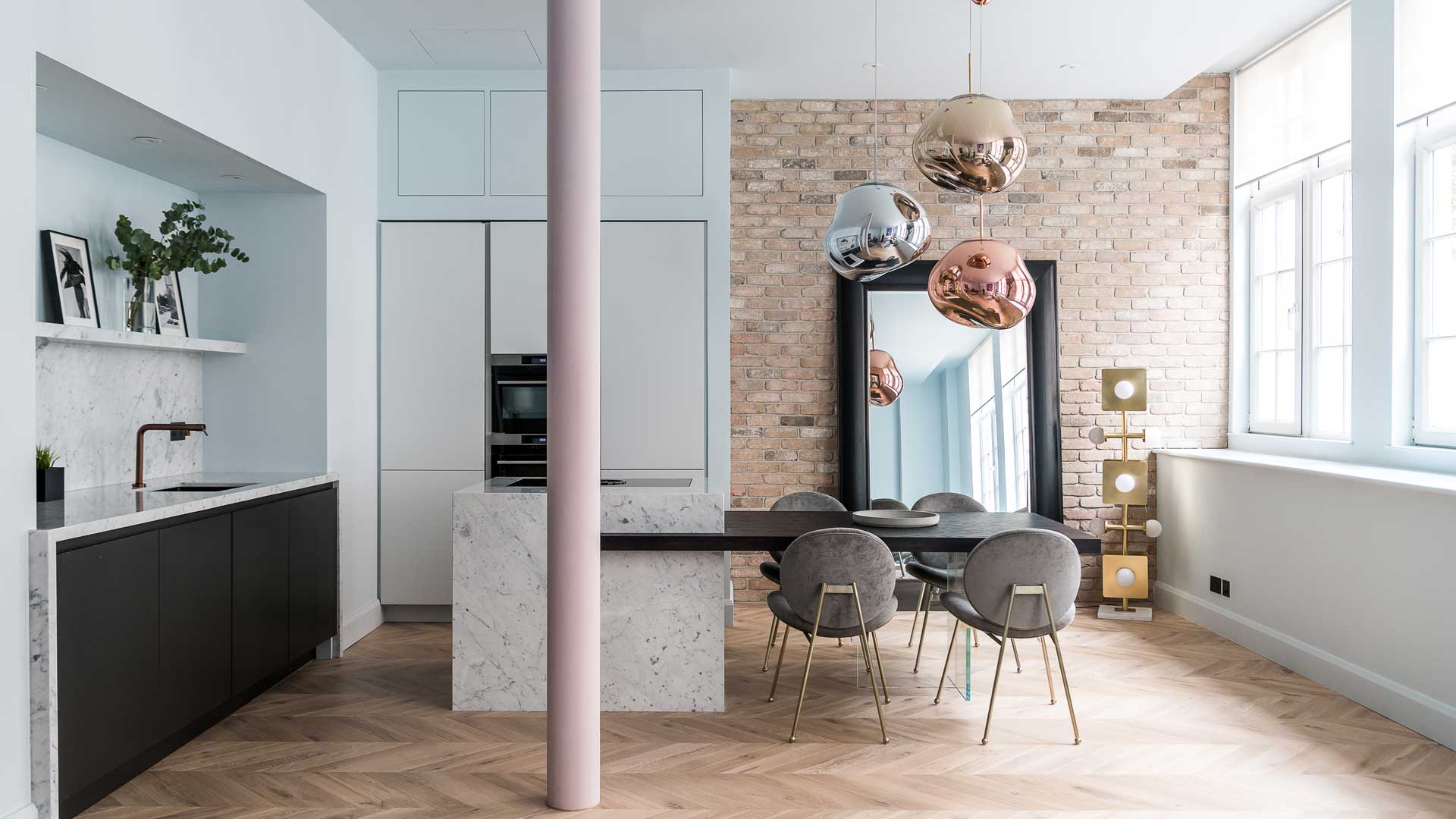
Designing a dream home takes more than just preparing a pinterest board. It can be fraught with expensive mistakes if you don't plan properly.
To keep the stress levels low and the budget in line, we've asked 13 of our favourite Interior Design experts to give us the inside track on what to consider when decorating your home.
Total renovation or room refresh, these tips are a surefire way to ensure an interior designer can deliver your project on time and on budget.
Designing the decor yourself? Be your own client and get on board with this precision planning and practical preparation, before you pick up a paint swatch, and you'll soon be living in your own dream home.
See these gorgeous Modern Homes
FIRST THINGS FIRST
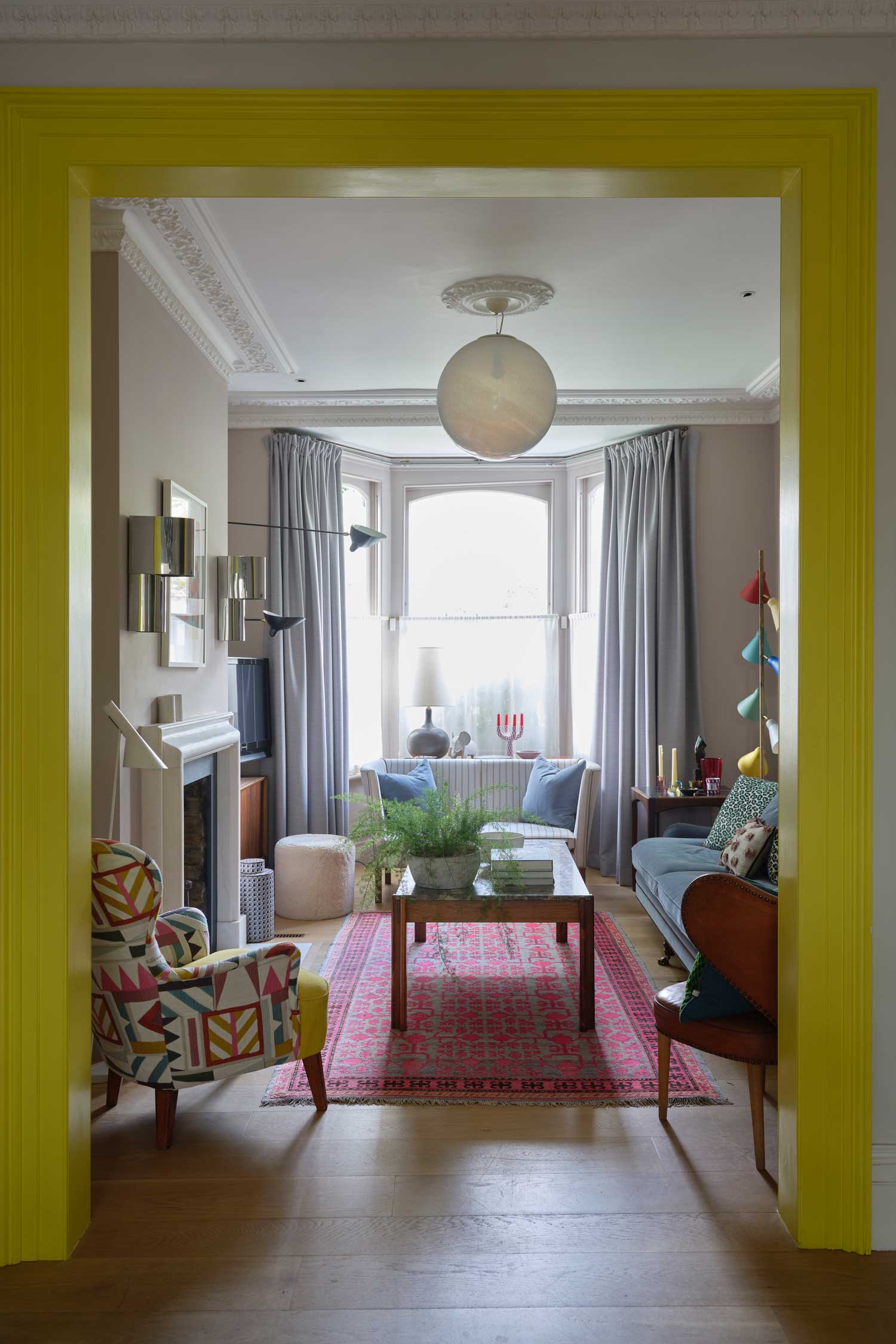
Know your brief. Reflect on your existing home; what you like best and why; what works well and are there any frustrations? What are your morning and evening routines? Think about how you want to use your home and how you want it to feel. It’s just as important to know what clients don’t like as much as what they do.
Suzy Hoodless, founder and creative director, Suzy Hoodless
KNOW YOUR PRIORITIES
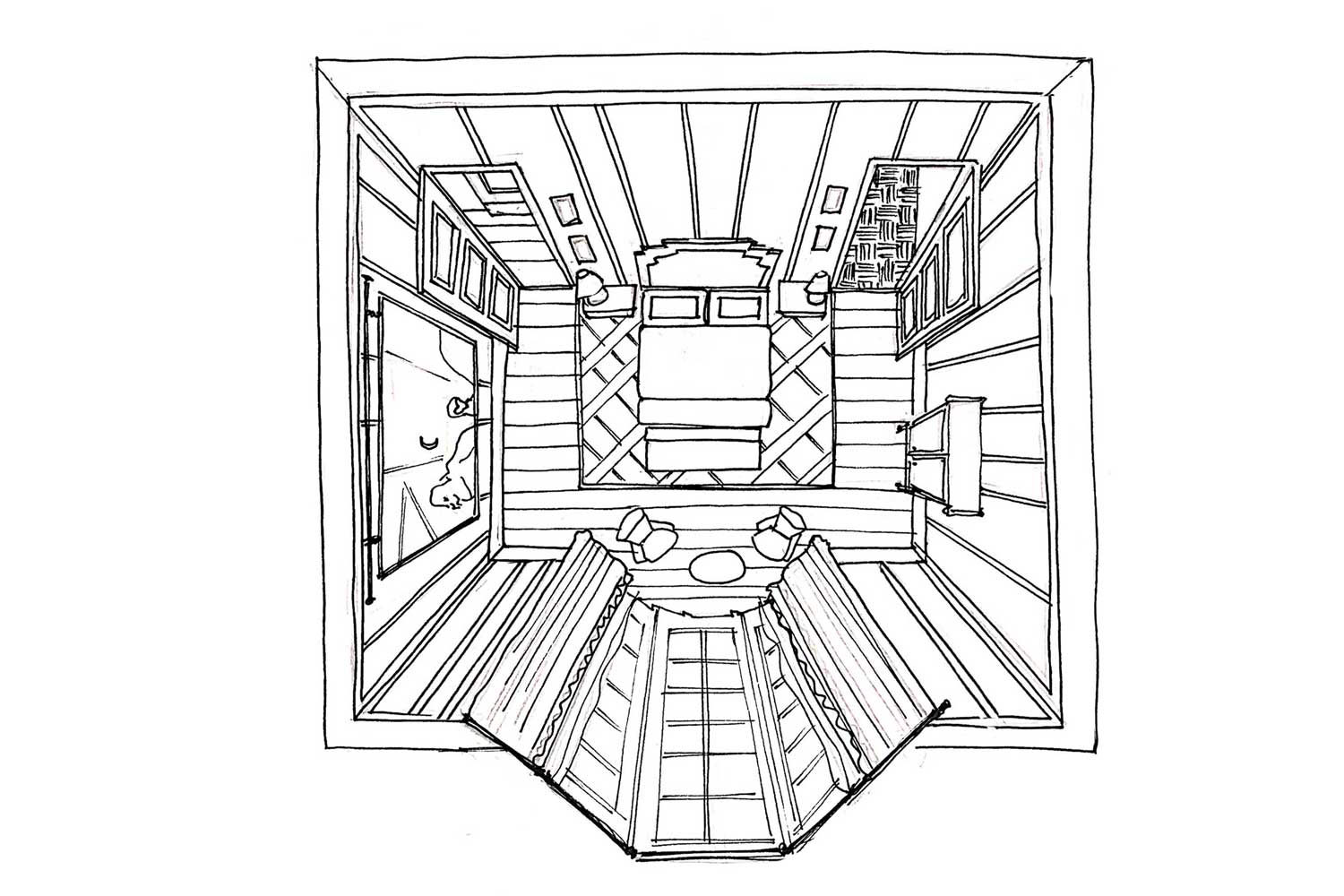
We can help clients to maximise their budget by agreeing priority areas during the first phase of the design process, creating a hierarchy throughout the house. Additionally, having an understanding of which rooms we will focus on and when means that the clients will have plenty of time to bring their own ideas and suggestions to the table.
Clara Ewart, senior interior designer, Kitesgrove
BE OPEN
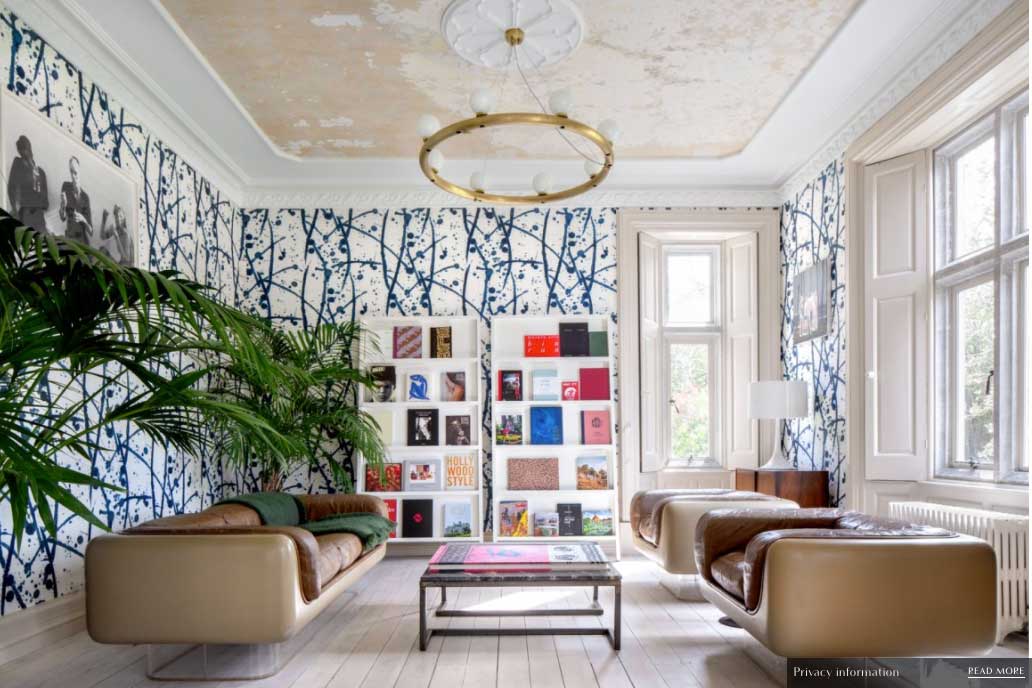
All I require is a willingness to chat and an open mind. I begin with a couple hours of brainstorming with the client, which I’d liken to speed dating. We talk about everything and anything: music, food, fashion, fragrances, favourite hotels, album covers, books, a Netflix series. It’s from these initial discussions that I’m able to distill a mood and direction – it’s so collaborative. Designing for people is a real dance, and if they’re willing to Tango, the end result is always amazing.
Jo Berryman, founder, Jo Berryman Studio
PLAN WELL IN ADVANCE
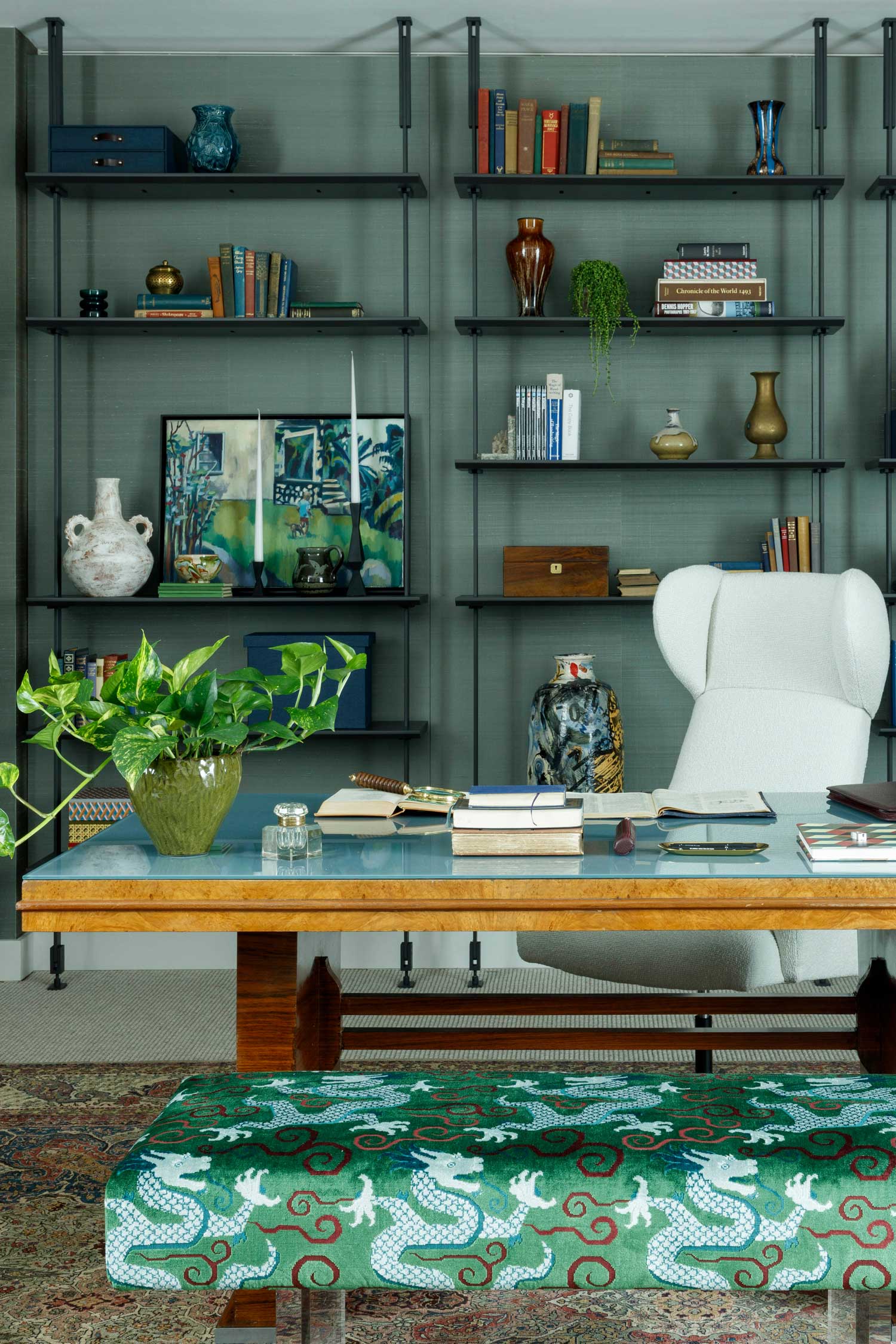
Even simple proposals often need local authority approval to ensure you’re meeting regulations. More substantial builds require planning permission. Depending on the scheme, or if the property is listed, this can take 8-20 weeks. Lead times on furniture can be 8-12 weeks, sometimes longer. We often have to remind clients that it will be worth the wait!
Fiona Blanchot, co-director, Studio Ashby
BUILD A PICTURE
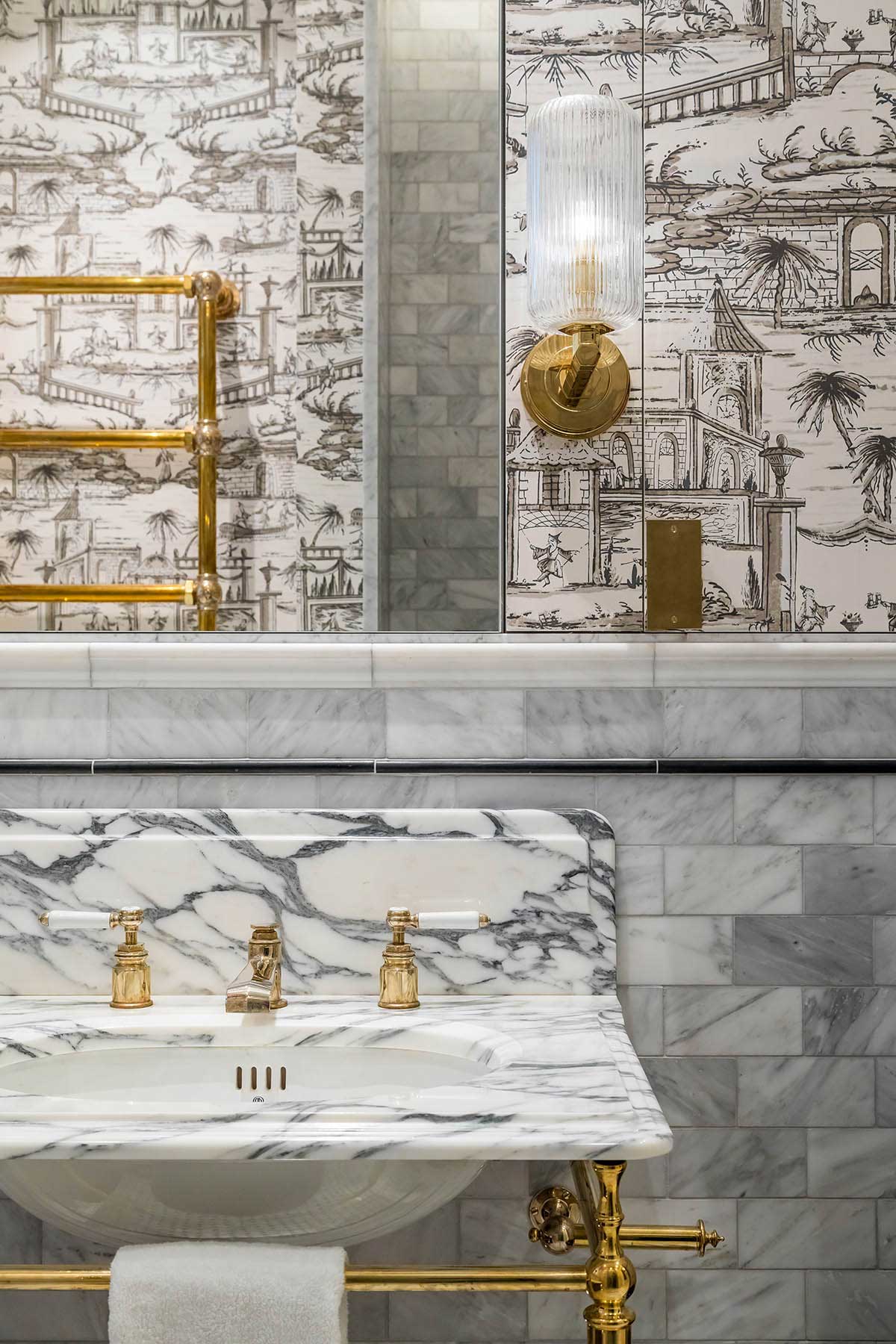
Come to a first meeting armed with an idea of what you’re looking to achieve. Think about everything; how you want to live in the space, your likes, dislikes, inspirations and aspirations. Nothing is off limits.
Some clients like to create mood boards on Pinterest according to rooms, themes or colours, or with tear sheets from magazines. Others produce fabric samples, photographs of artwork and objects or places they’ve lived in or visited that influence their sensibilities.
Lucy Barlow, founder, Barlow & Barlow
EARLY INVOLVEMENT
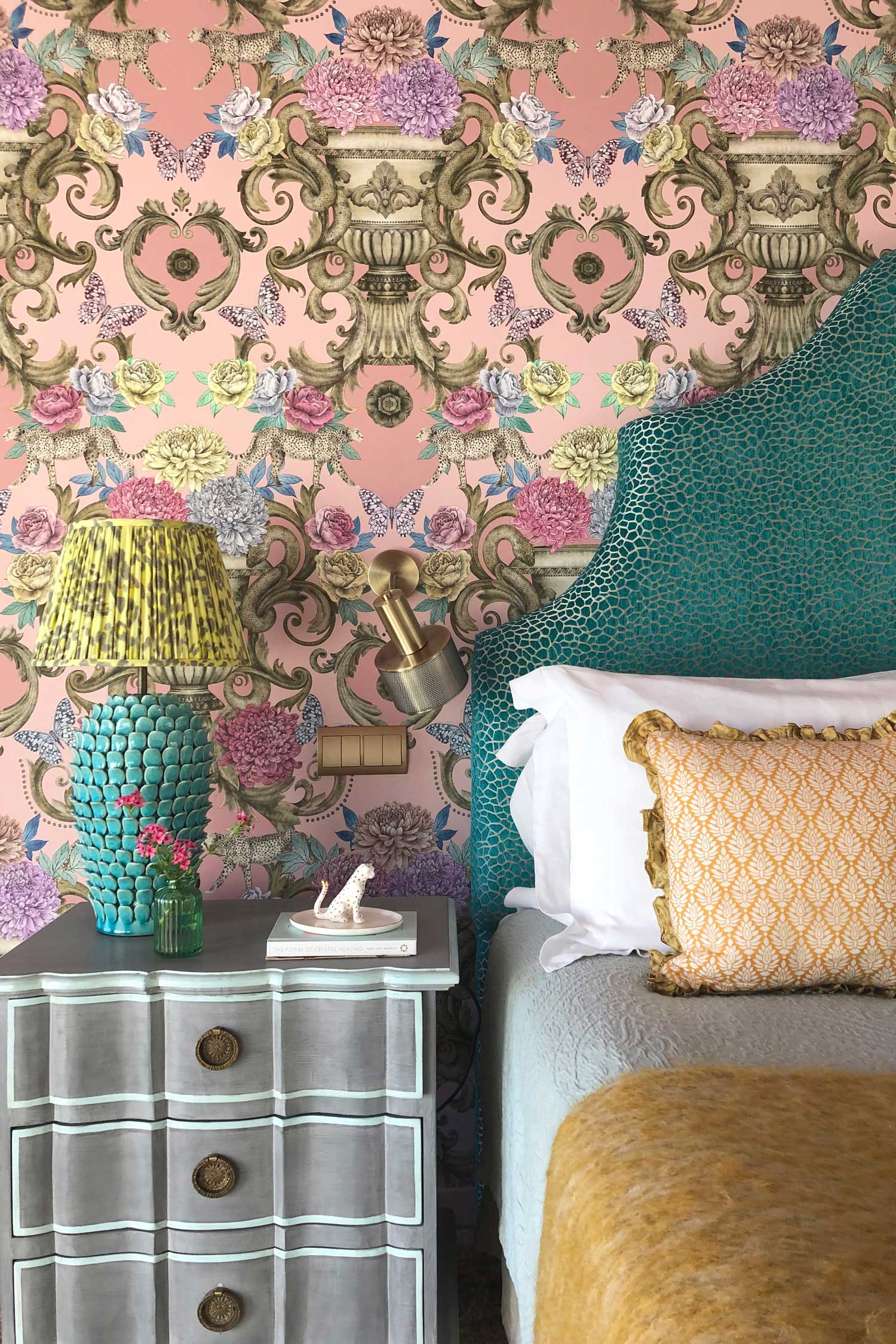
The best results usually come from early meetings. The interior designer needs to fully understand the scope of the property – the fundamentals, widths, breadths, etc; and any additional companies that the client has instructed need to be aligned as early as possible to ensure that the project stays within budget. All of the teams involved need to have a holistic view of the design of the home. Once each team has been briefed early on, then we can all work on the project independently with a common goal in mind.
Matthew Williamson, interior designer, Matthew Williamson
GATHER INSPIRATION EVERYWHERE
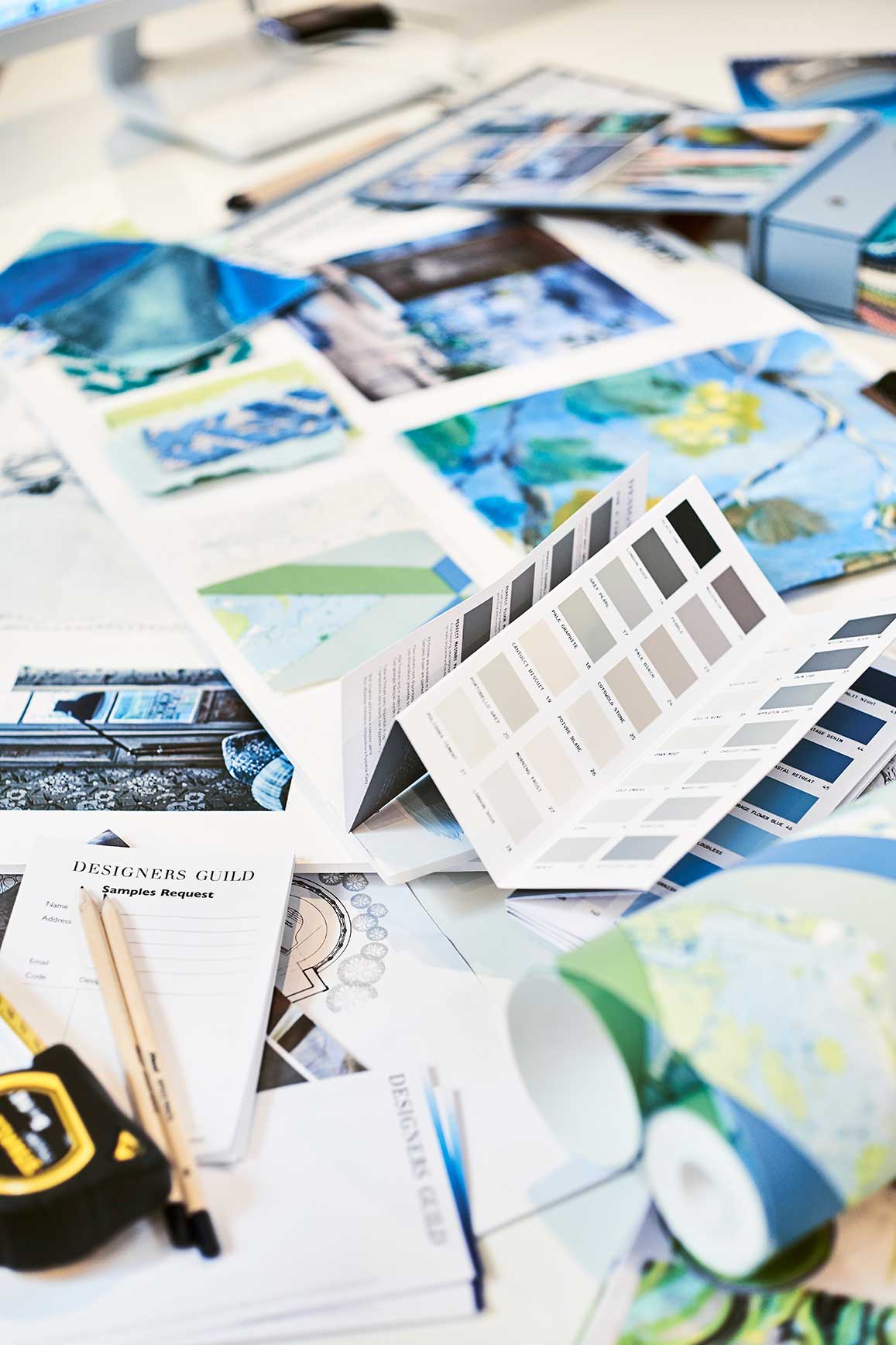
Prepare a visual scrapbook of things you love – they don’t have to be relevant to the design of your home but could be anything from paintings and pictures to ceramics, antiques, fashion or architecture. We ask clients to explain why that item touches them. Mood boards are a vital part of the process and help keep both the designer and the client focused on what they are looking for.
Tricia Guild, founder and creative director, Designers Guild
DON'T FORGET THE DETAILS
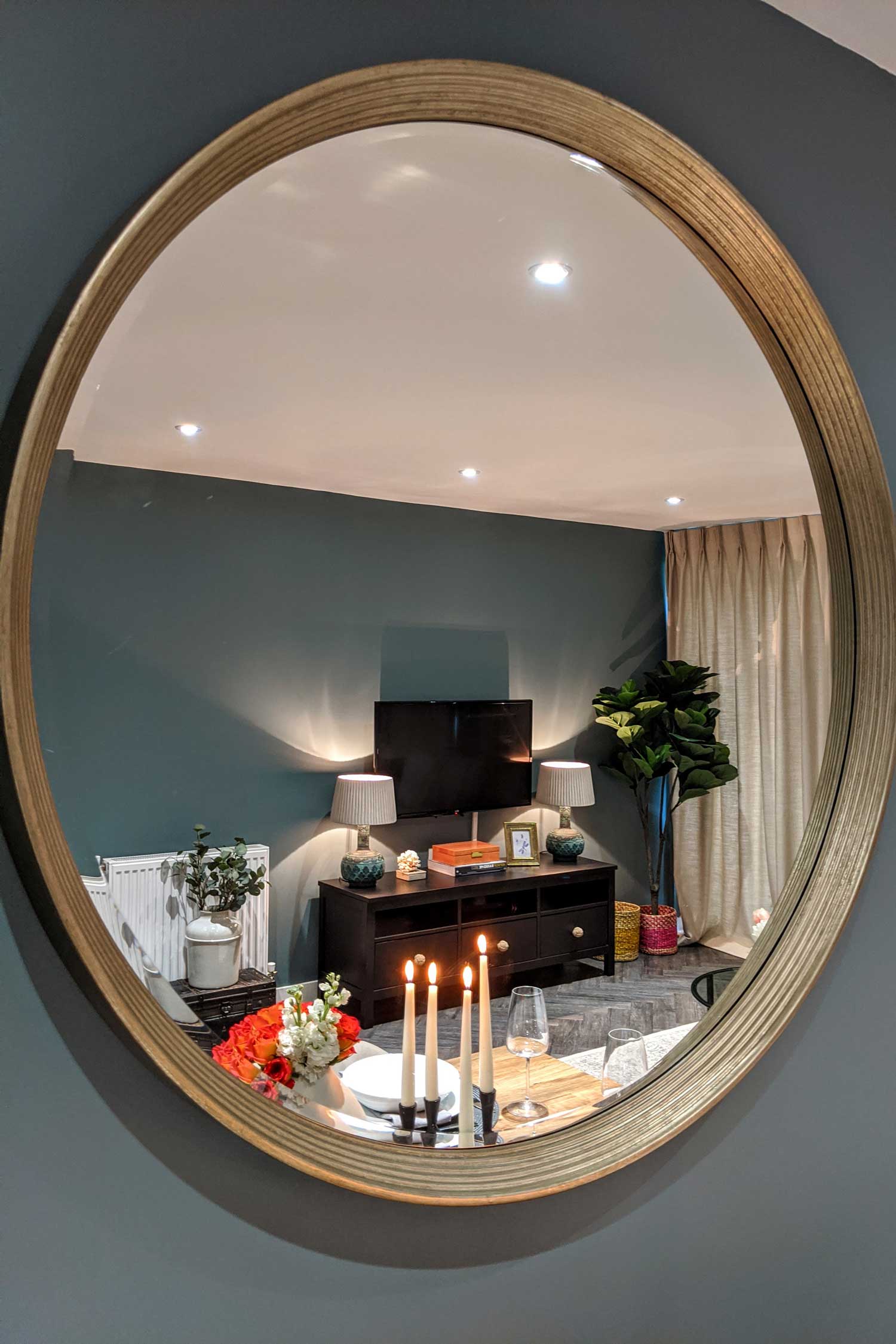
From paint to soft furnishings, to lighting, they all play a part when bringing a space together. It may seem like accessories and smaller items are not significant but they can play a huge role when finalising a budget. So consider a maximum budget that you don’t want to exceed.
Enass Mahmoud, creative director, Decor by Enass
SPREAD THE SPEND
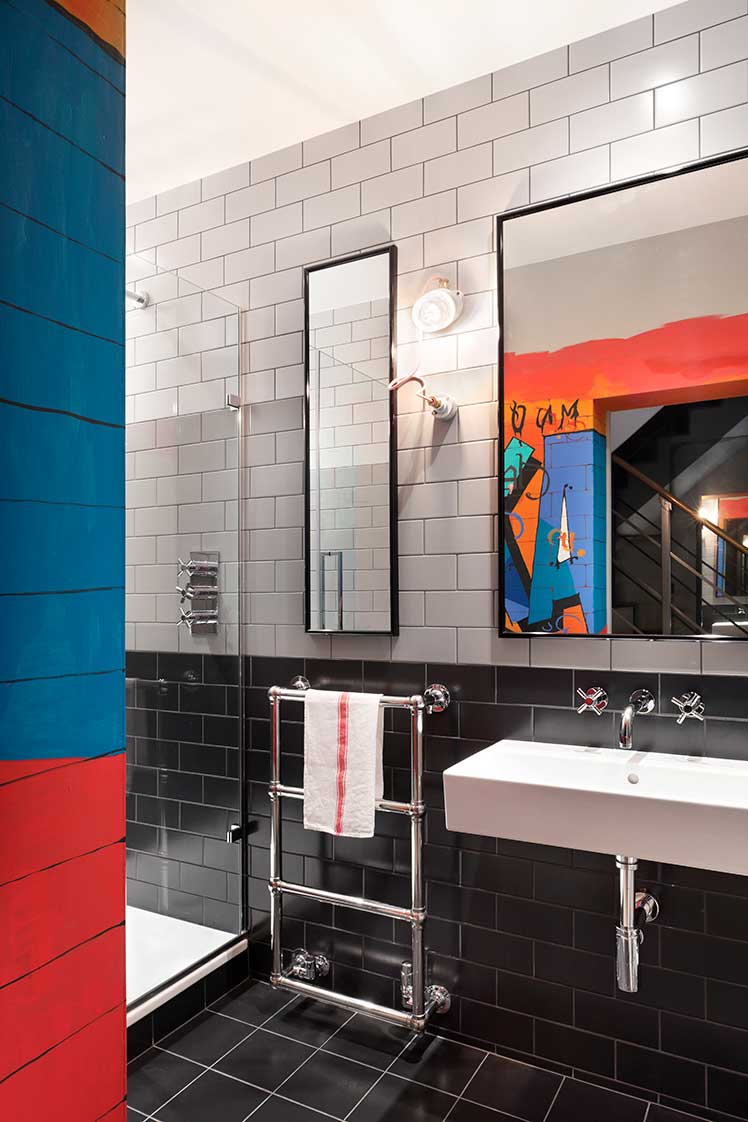
We appreciate that clients don’t always want to set a budget for fear of it being exceeded. However, clearly communicating what you wish to spend from the outset will mean time isn’t wasted specifying items at inappropriate price points. It is important to balance the spend.
The base construction work and fit-out should always be commensurate with the property, but it is very important to not get carried away with the build and leave nothing to furnish and decorate – all the items that bring joy, practicality, humour and make a real home.
Henry Miller-Robinson, co-founder, K&H Design
'FESS UP
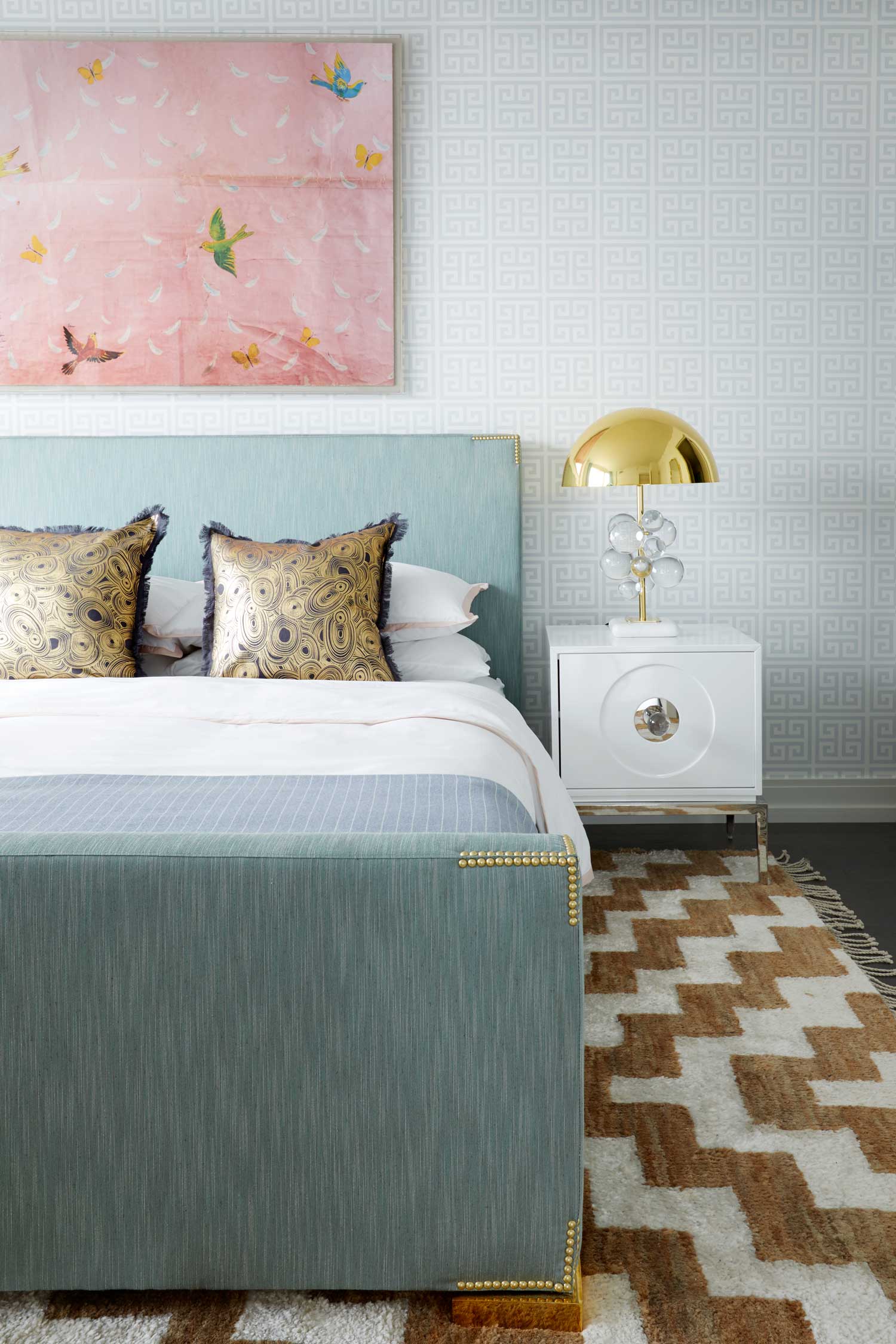
Being a decorator is like being a slimming mirror. The home you create should be a reflection of the client at their most glamorous. In addition, a decorator has to be a psychiatrist, marriage counsellor, clairvoyant and a maid! I ask clients to dispense with niceties and be honest about their habits. Do they watch TV in bed; do they eat in front of the telly; do they love their inherited china or want to see the back of it; do they want to appear richer than they are or more low key? I keep my clients’ secrets safe, safe, safe. Honesty is key.
Jonathan Adler, founder, Jonathan Adler
BREAK IT DOWN
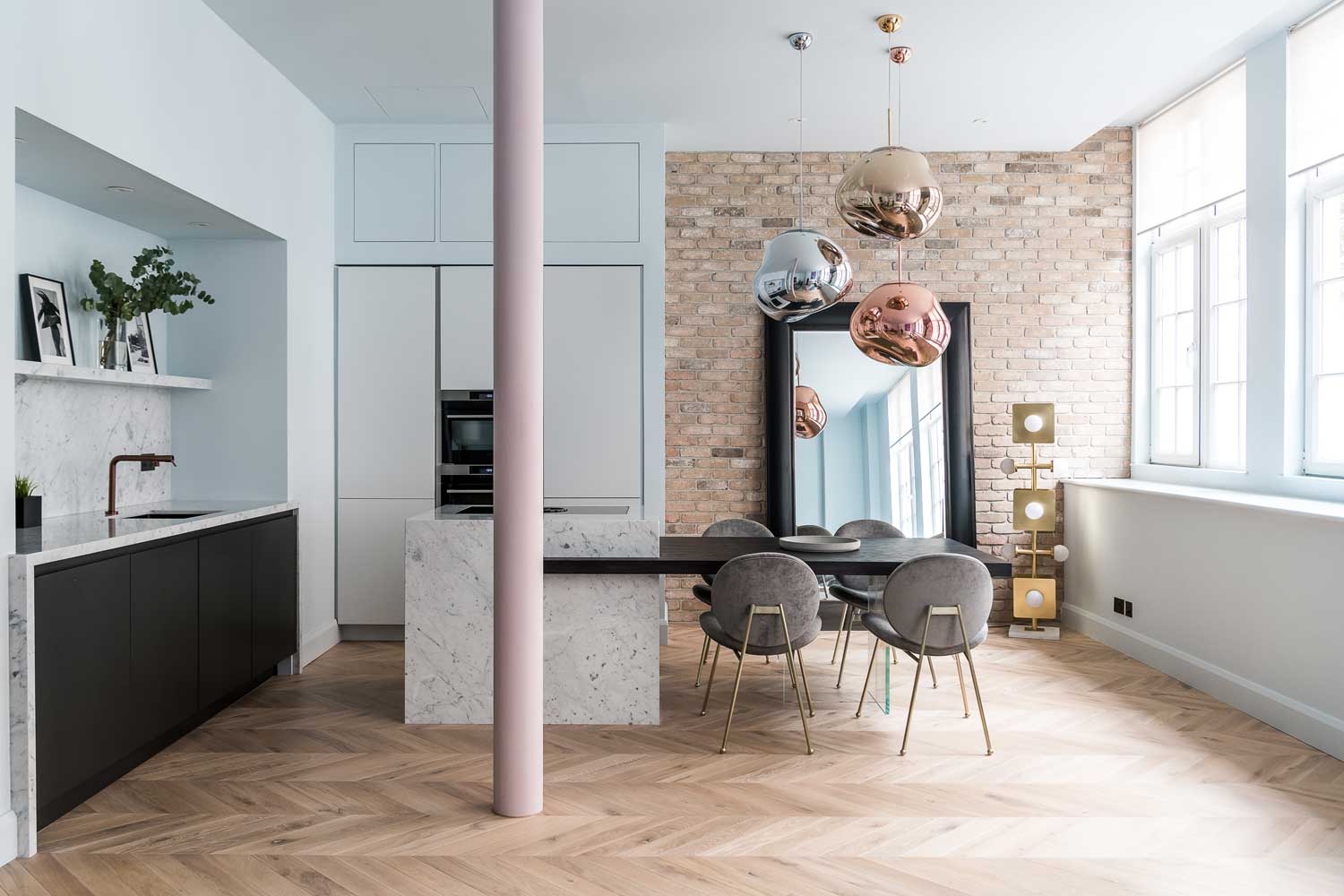
Photographs and plans (estate agent/architect’s drawings) can help us to understand the space and how light falls. Break large projects into smaller sections, as making too many decisions at once can be overwhelming.
Hayley Robson, creative director, Day True
DO YOUR HOMEWORK
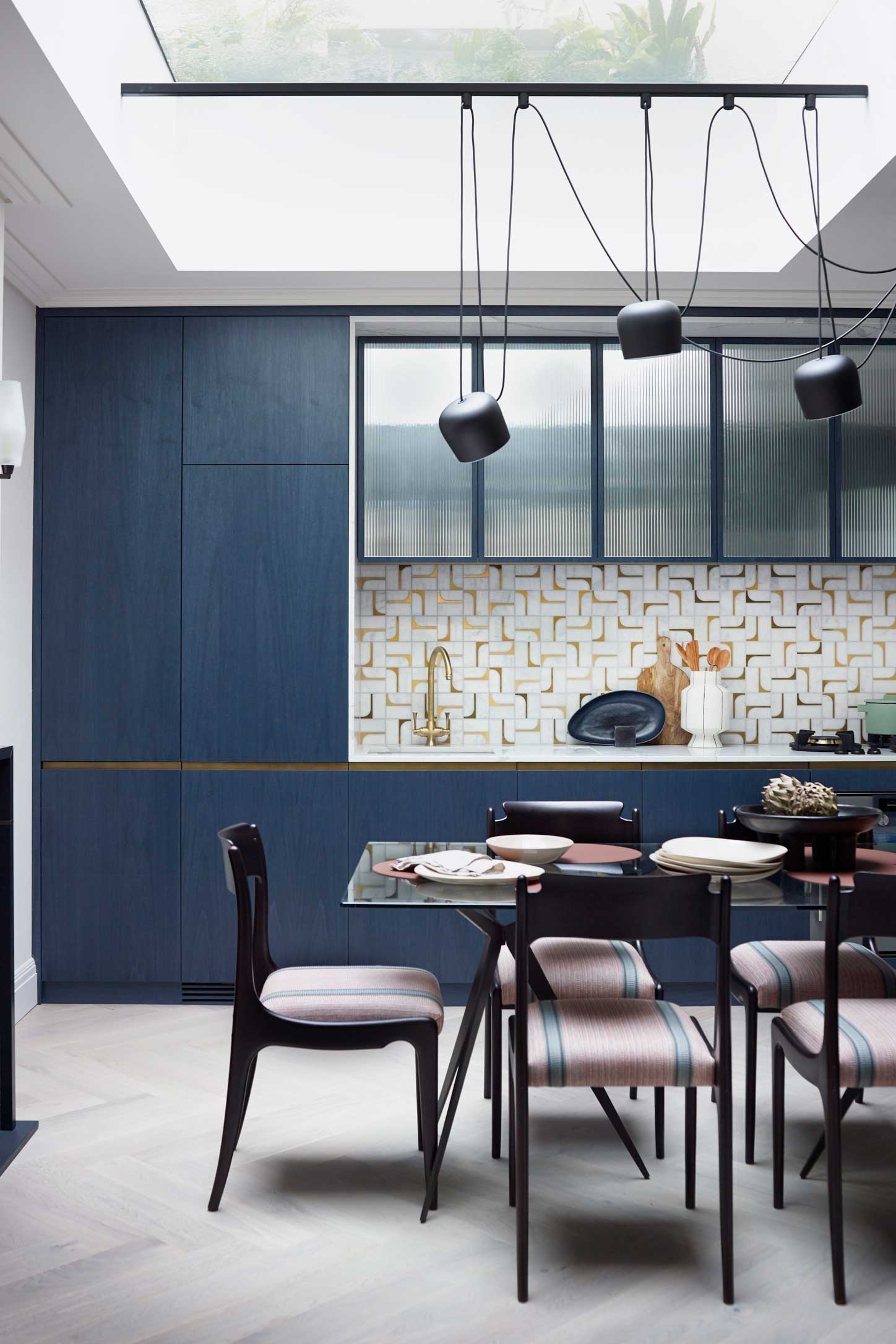
Although you’re employing professionals, a renovation will still involve homework from you. Be clear on who’s involved in the decision-making. We can present beautiful solutions, but without regular meetings and/or email communication, the project will grind to a halt, which can become frustrating and costly. Ideally respond the same day to emails (whenever possible) and be decisive.
Irene Gunter, director, Gunter & Co
TRUST YOUR DECISION
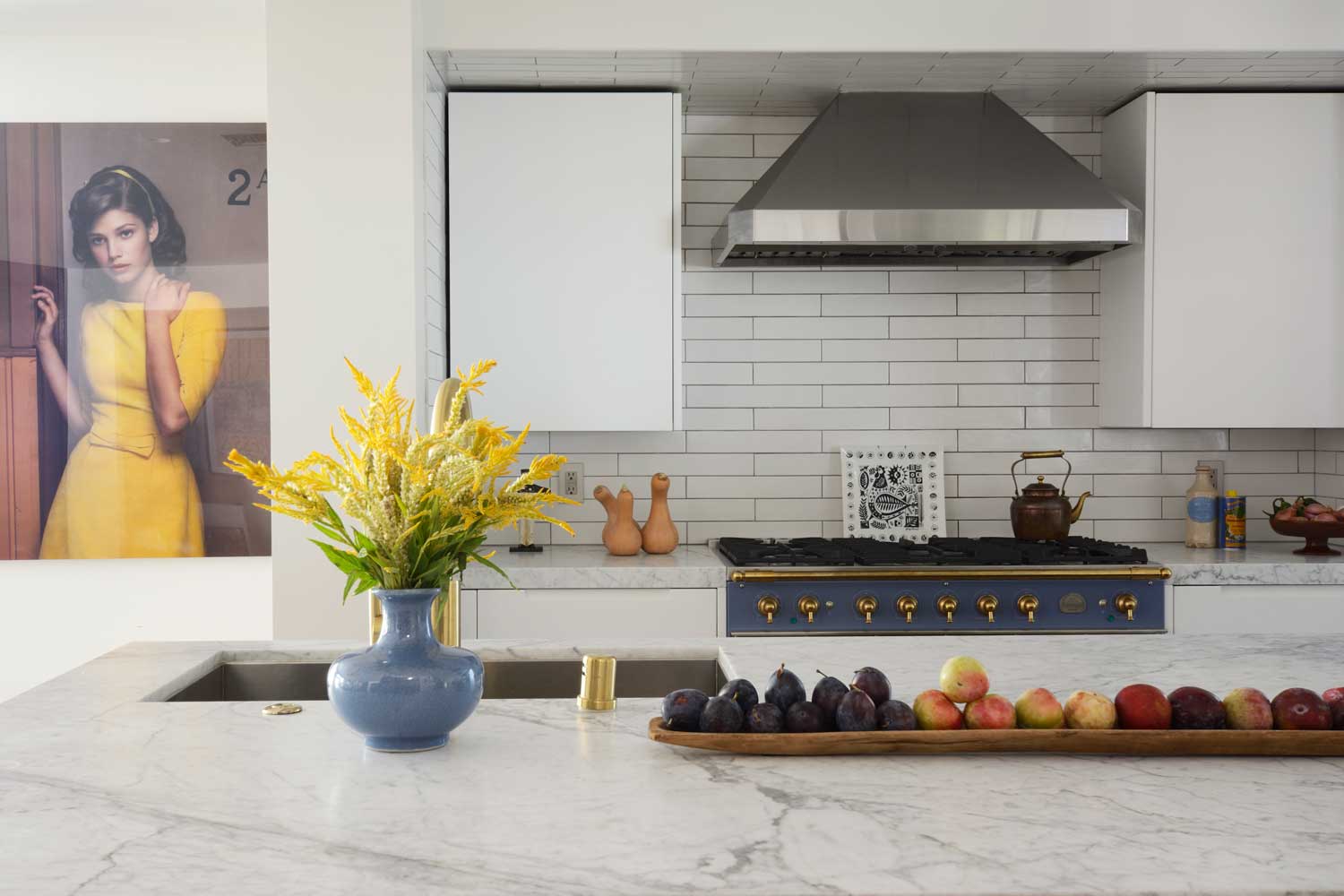
Look at the past work of the design firm and find projects they have created that speak to you. Discuss what aspects of those projects appeal. Once you have chosen your designer, have faith in them and their vision. Trust your decision and be involved, but don’t micromanage the work, or you might end up with a project that makes neither you or the designer happy. There is a reason you picked that designer so let them lead you to your dream home.
Robert Novogratz, principal designer, The Novogratz
See the latest interior design trends
Be The First To Know
The Livingetc newsletters are your inside source for what’s shaping interiors now - and what’s next. Discover trend forecasts, smart style ideas, and curated shopping inspiration that brings design to life. Subscribe today and stay ahead of the curve.
Jacky Parker is a London-based freelance journalist and content creator, specialising in interiors, travel and food. From buying guides and real home case studies to shopping and news pages, she produces a wide range of features for national magazines and SEO content for websites
A long-time contributor to Livingetc, as a member of the team, she regularly reports on the latest trends, speaking to experts and discovering the latest tips. Jacky has also written for other publications such as Homes and Gardens, Ideal Home, Red, Grand Designs, Sunday Times Style and AD, Country Homes and Interiors and ELLE Decoration.
-
 Turns Out the Coolest New Café is Actually In Your Kitchen — Here's How to Steal the Style of TikTok's Latest Trend
Turns Out the Coolest New Café is Actually In Your Kitchen — Here's How to Steal the Style of TikTok's Latest TrendGoodbye, over-priced lattes. Hello, home-brewed coffee with friends. TikTok's 'Home Cafe' trend brings stylish cafe culture into the comfort of your own home
By Devin Toolen Published
-
 5 Bathroom Layouts That Look Dated in 2025 — Plus the Alternatives Designers Use Instead for a More Contemporary Space
5 Bathroom Layouts That Look Dated in 2025 — Plus the Alternatives Designers Use Instead for a More Contemporary SpaceFor a bathroom that feels in line with the times, avoid these layouts and be more intentional with the placement and positioning of your features and fixtures
By Lilith Hudson Published
-
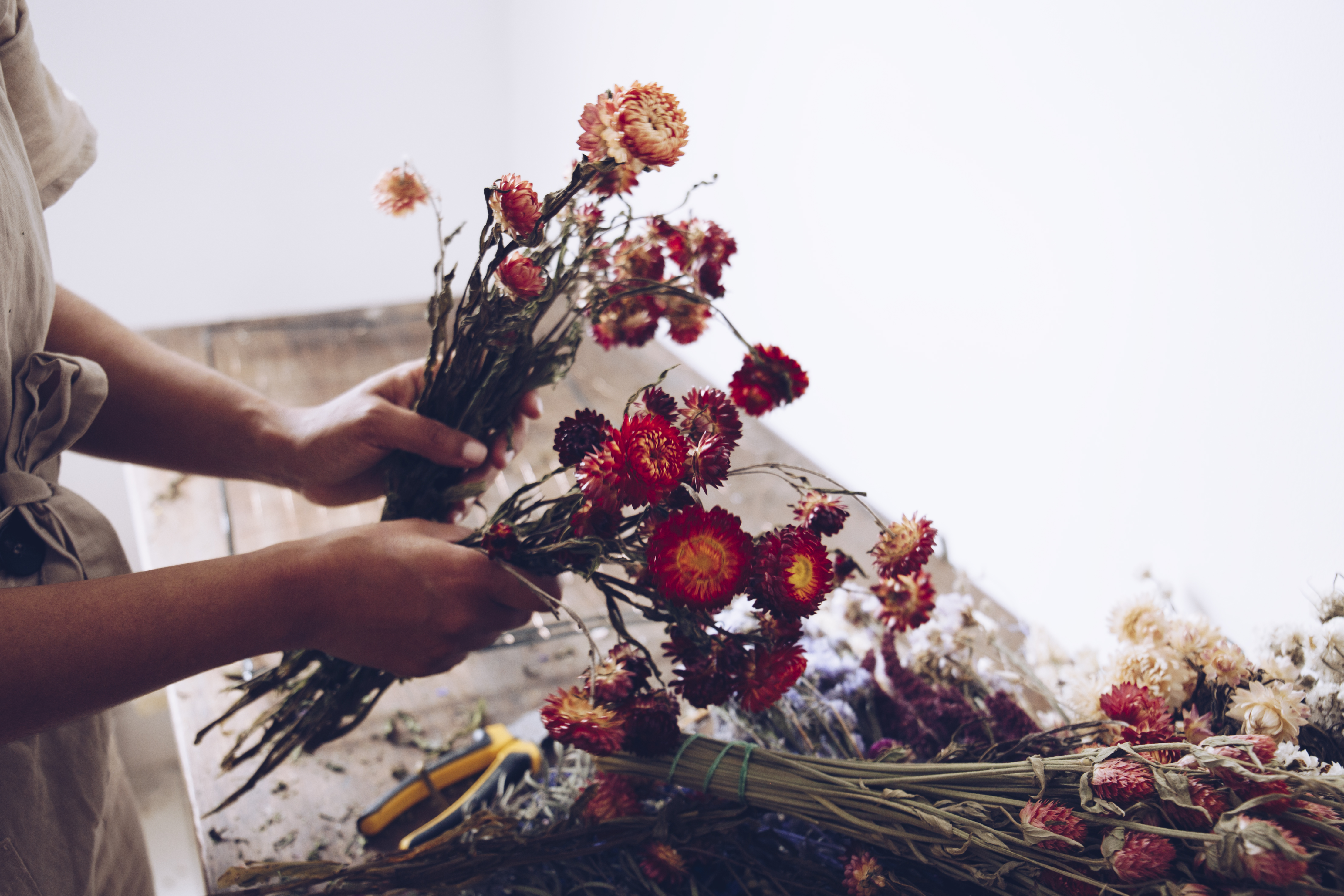 Florist Angela Maynard on how to care for dried flowers and how to style them in a modern home
Florist Angela Maynard on how to care for dried flowers and how to style them in a modern homeKnowing how to care for dried flowers means you can have stylish arrangements that last for years. Author and florist Angela Maynard shares her tips
By Angela Maynard Last updated
-
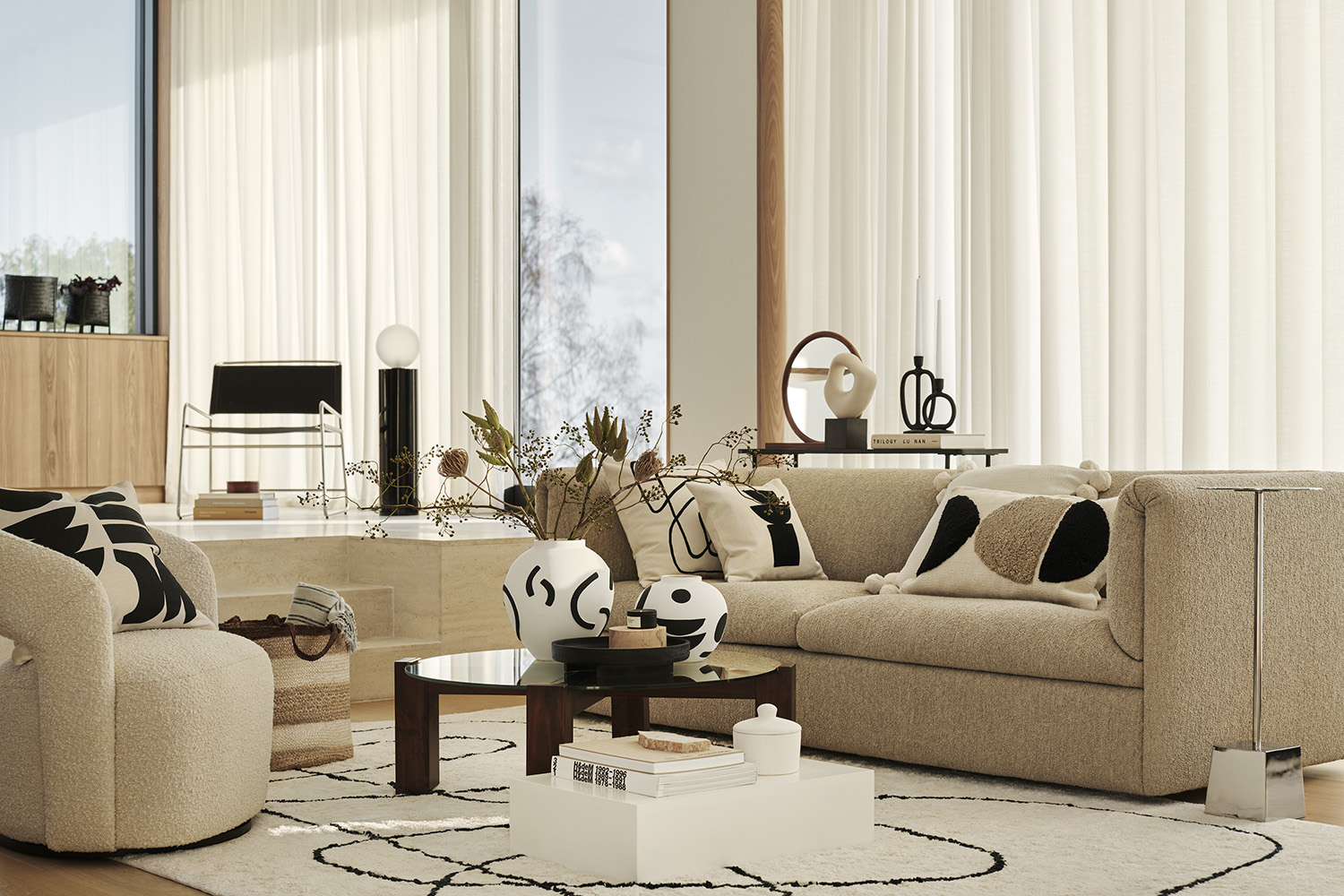 11 beige living room ideas that prove beige can be far from boring
11 beige living room ideas that prove beige can be far from boringBeige living room ideas might sound not sound like the boldest of color schemes but this pared-back palette can be just as striking a brights
By Amy Moorea Wong Last updated
-
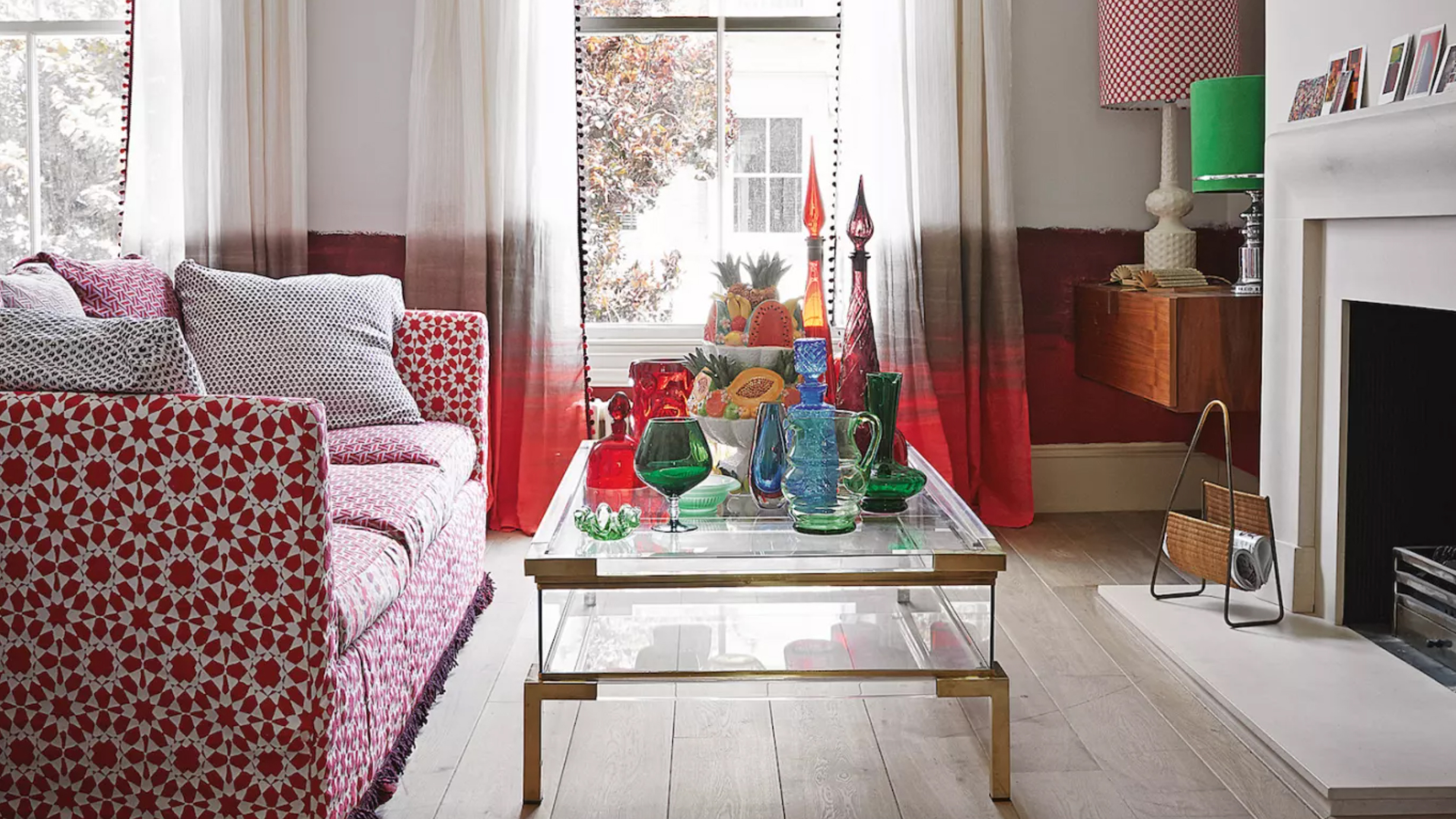 How to use color in small living rooms – expert tips for getting the perfect scheme
How to use color in small living rooms – expert tips for getting the perfect schemeBringing color into small living rooms can be tricky, but with the right hues and our top tips, you can make the space look brighter, bigger and just better
By katesleeman Published
-
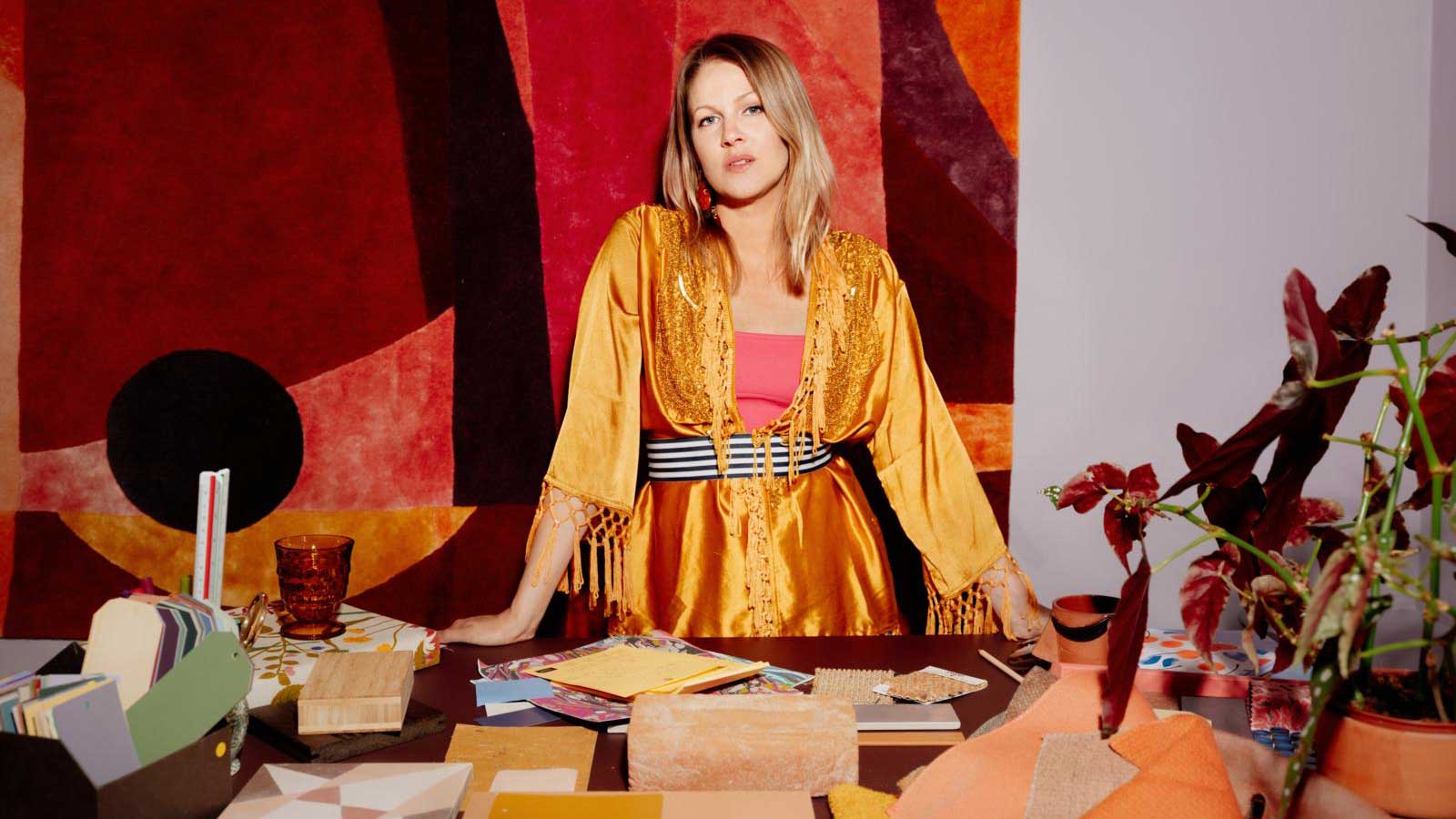 How to choose cool colour combinations for your home
How to choose cool colour combinations for your homeThe right colour combinations will look good throughout your home. Dagny Thurmann-Moe of Koi Colour Studio shares the no-go palette pairings and power hues
By Livingetc Published
-
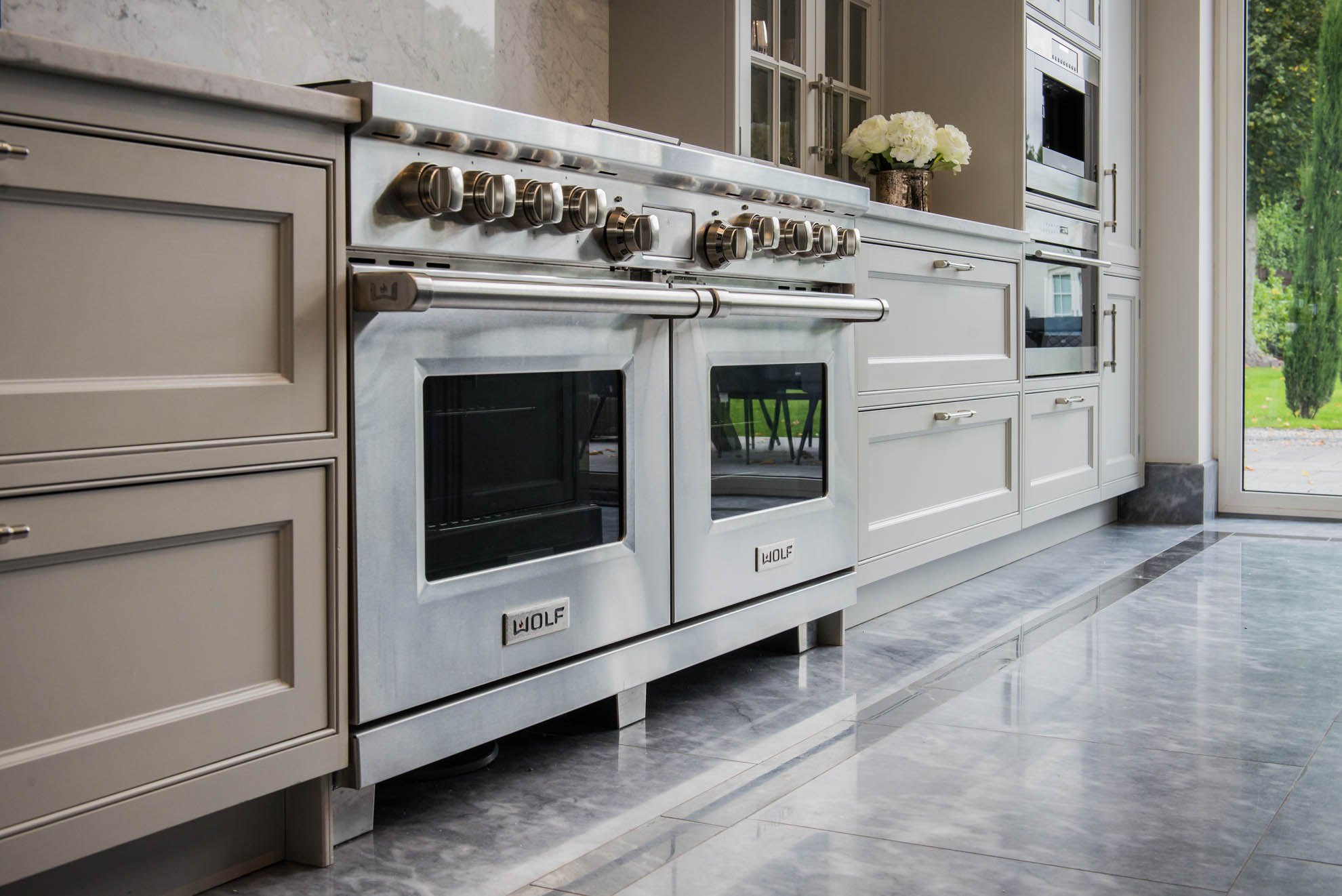 Buying a used kitchen could be your savviest design idea - here's what you need to know
Buying a used kitchen could be your savviest design idea - here's what you need to knowBuying an ex-display used kitchen is a way to a high-end home at High Street prices
By Jacky Parker Published
-
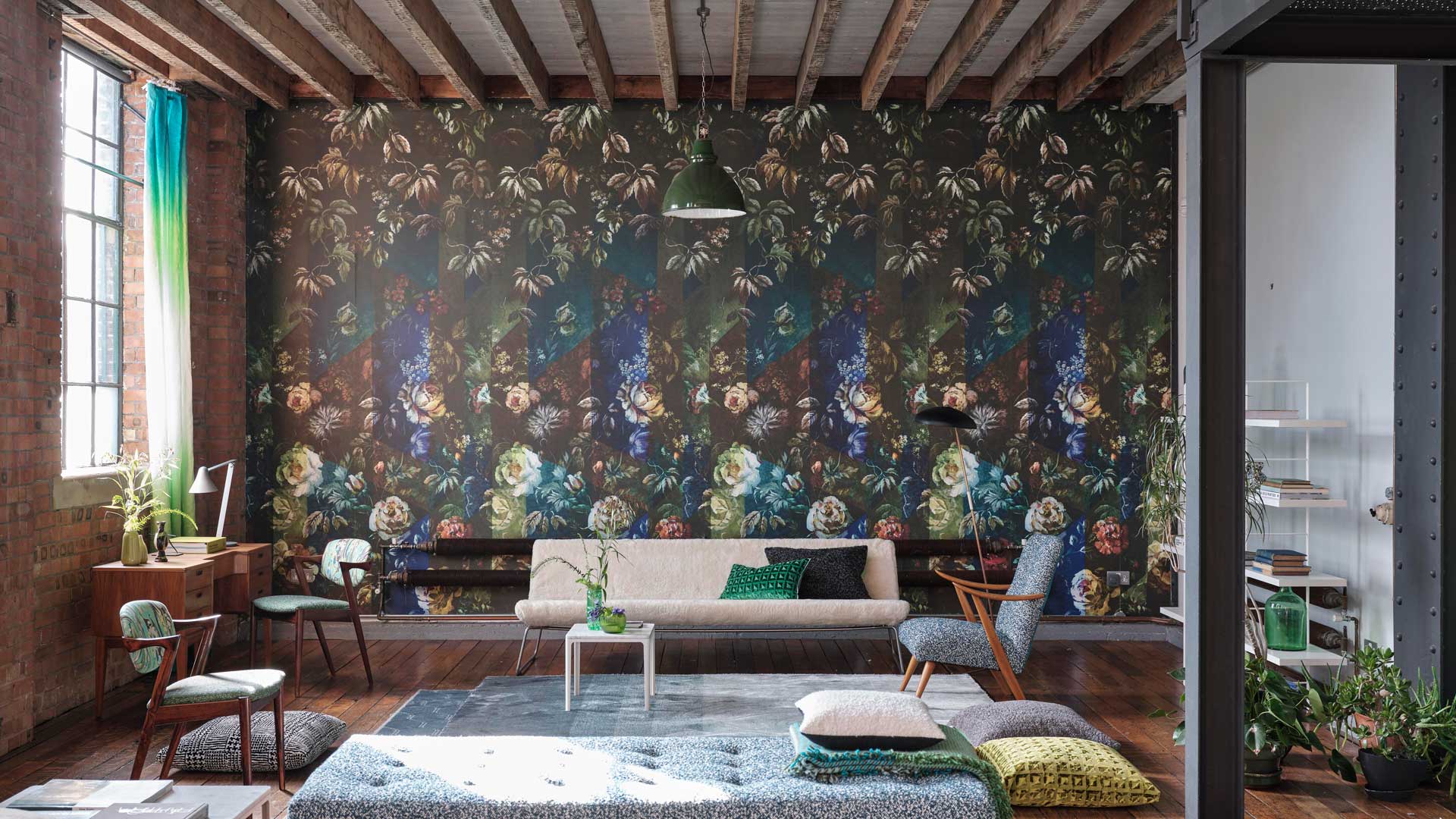 Home decorating: Tricia Guild's guide to a confident scheme
Home decorating: Tricia Guild's guide to a confident schemeHome decorating advice from legendary designer Tricia Guild OBE
By Livingetc Published
-
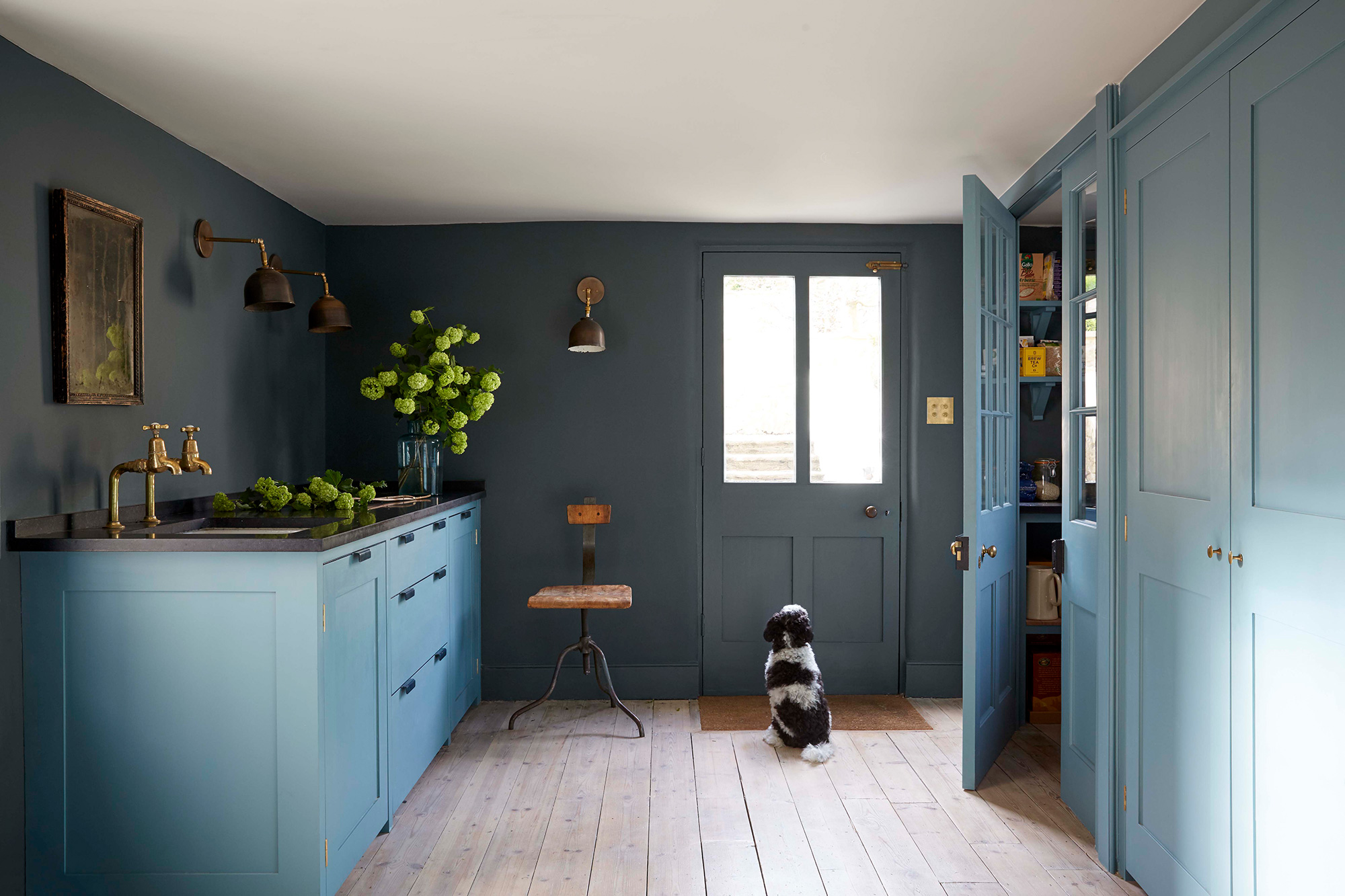 How to achieve beautiful paint finishes according to interior designer, Nicola Harding
How to achieve beautiful paint finishes according to interior designer, Nicola HardingBeautiful paint finishes transform a room and are easier than you think
By Livingetc Last updated
-
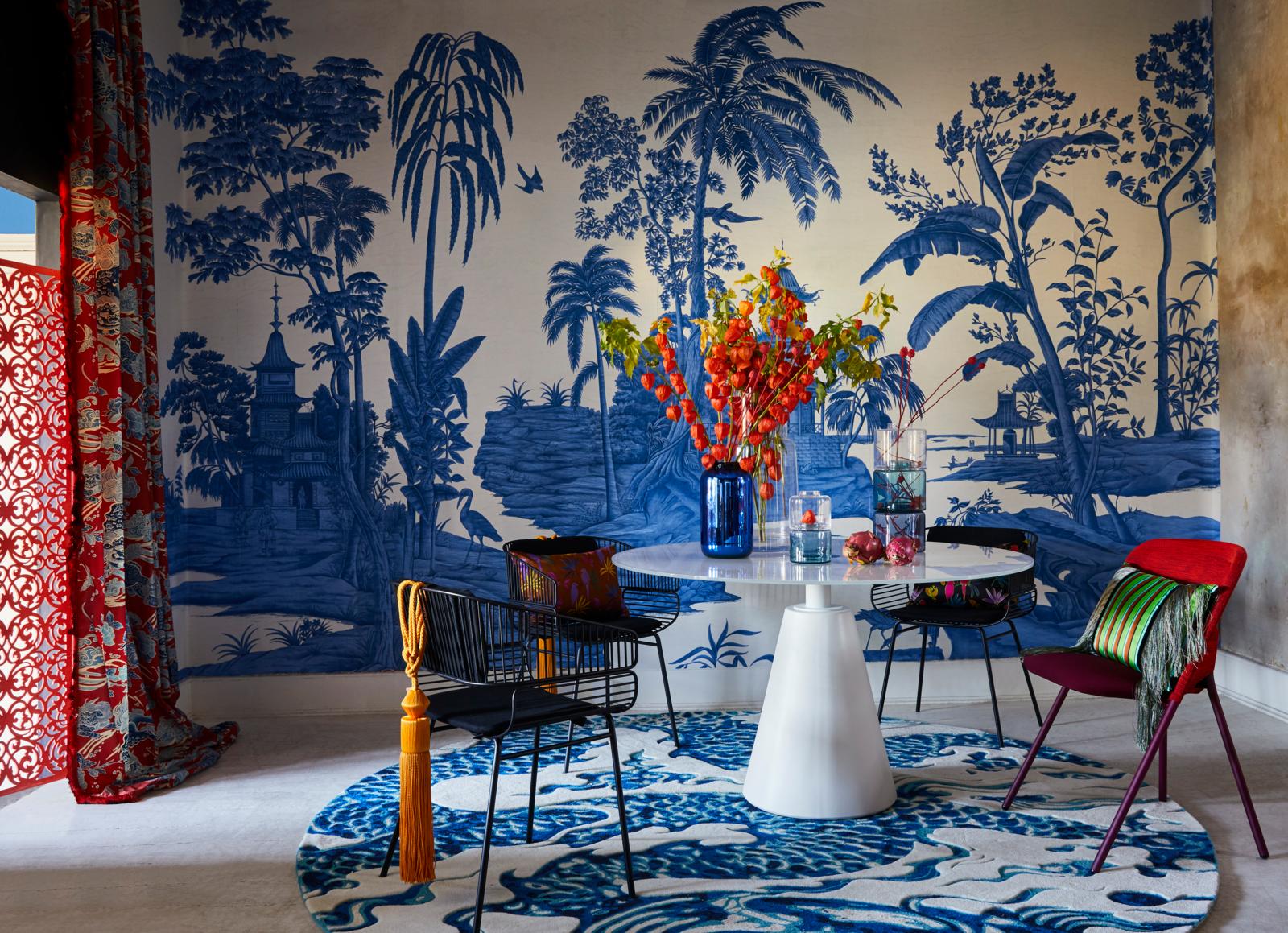 The meaning of style, by interior designer Russell Sage
The meaning of style, by interior designer Russell SageAcclaimed interior designer Russell Sage talks broken rules, secret ingredients and looking good in any light
By Russell Sage Published